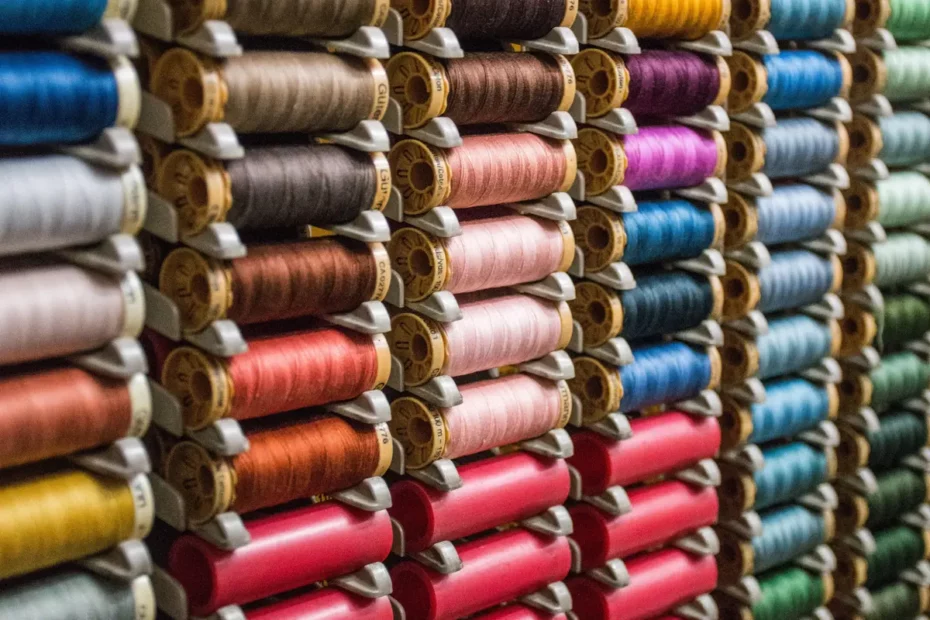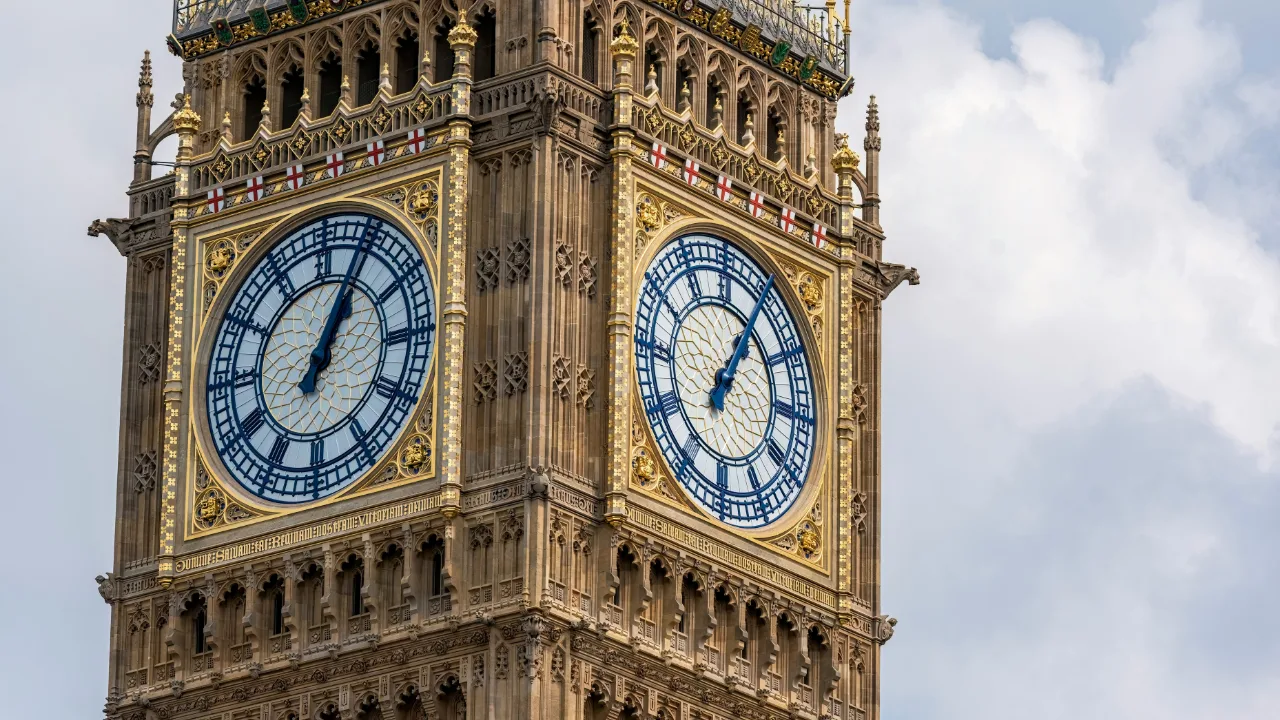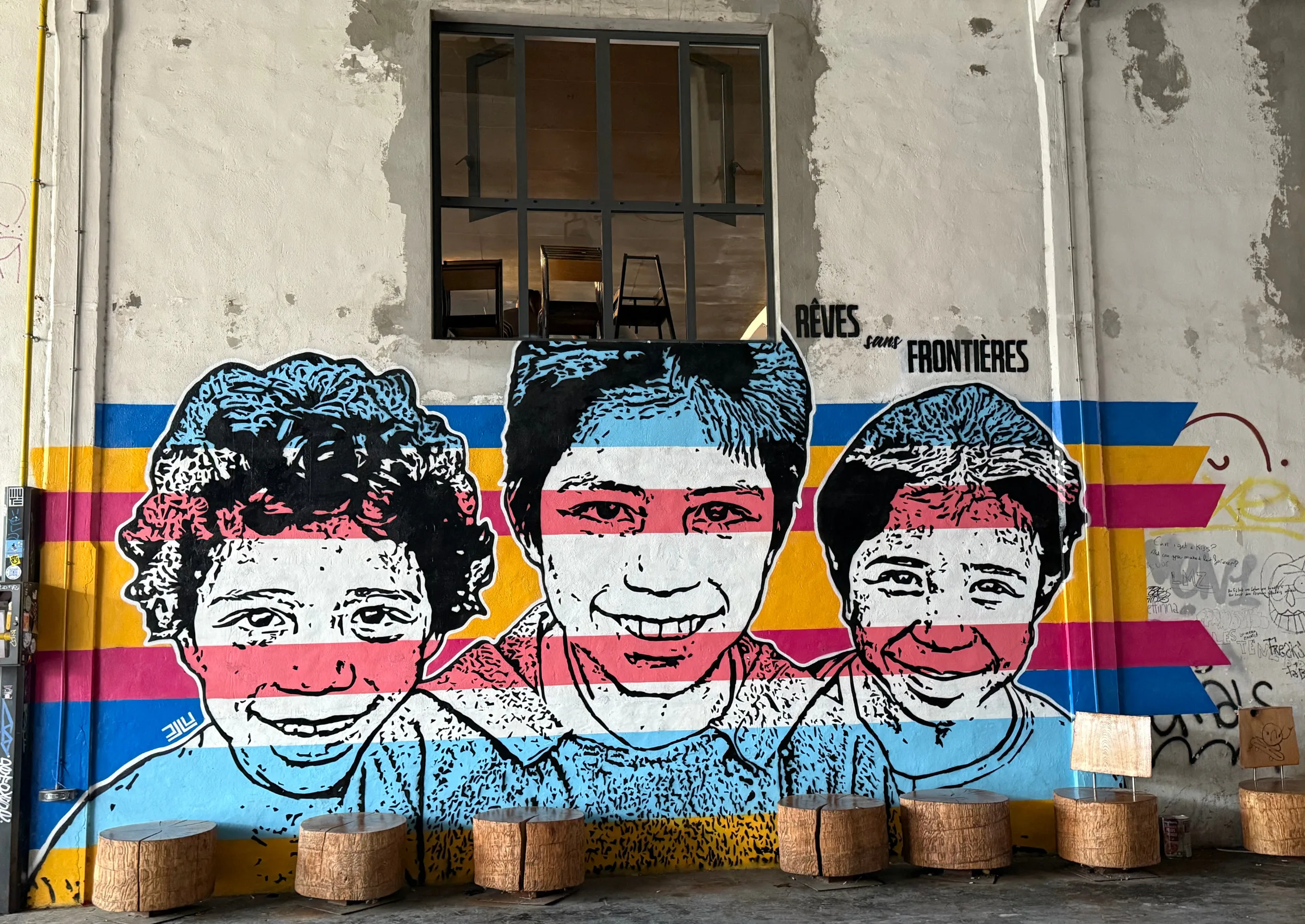The overall appearance of a product or service is called ‘trade dress’, according to trademark law. It is of huge significance to creative industry companies, particularly in terms of branding and marketing. Policymakers are keen to encourage innovative and diverse trade dress design by ensuring legal protection.
Many companies have obtained legal protection on the appearance of their products, for example ‘Tiffany’s egg-blue gift box’, Christian Louboutin’s red outsole on high heels and T-Mobile’s magenta branding.

Policy makers are also concerned with anti-competitive consequences if intellectual property protection is deemed too draconian.
To avoid anti-competitive consequences, the US courts developed the doctrine of ‘aesthetic functionality’ and the UK and European courts have adopted similar measures. Regardless of the rules applied, courts nearly always need to make a judgement on whether a trade dress – if protected as a trade mark – is likely to hinder competition. Judges generally have to rely on personal expectations and experiences to make such an assessment. Which is not ideal.
This new research attempts to develop an empirical approach to measure the potential anti-competitive consequences of trade dress protection, to support robust policy and legal decisions. Our aim is to work towards tools that reduce subjectivity.
We used colour trade marks, a sub-category of trade dress, as an example in our research. We conducted two empirical exercises on colour trade marks: an Amazon data mining exercise and a consumer experiment. Combining the two exercises, we propose a possible empirical approach for litigators and courts to assess the anti-competitive consequences in colour trade mark cases.
Key findings:
Our findings show that, on hats, scarves, and power cables, black has a larger market share than other colours. Particularly, the Amazon data mining exercise suggests 23% of winter hats, 14% of winter scarves and 30% of power cables sold on Amazon are in a black colour. It implies that, for example, if one company claims a trade mark on black colour winter hats, the company might potentially capture 23% of the winter hat market because competitors cannot sell black winter hats due to the company’s exclusive trademark right. This suggests that in this instance of black trade dress, granting a colour trade mark protection would likely grant a disproportionate market power to that trade mark owner.

The experiment also reveals that black, blue, purple and yellow are ‘inelastic’ at certain price points on winter hats and winter scarves. What does “inelastic” mean? Normally, a product will lose some consumers when its price goes up. This situation is called ‘elastic’. While if a product is ‘inelastic’, it means that this product can maintain its consumers when the price is increased. That is to say, a product measured as ‘inelastic’ can charge a higher price than competing products. How to measure the “inelasticity” of a colour?
Put simply, in the experiment, we randomly assign different prices to different colours on winter hats, winter scarves and power cables, and then let the participants choose which colour they will buy. We input the results into an economic formula to measure inelasticity. The formula calculation tells us that the black, blue and purple on winter hats, and black and yellow on winter scarves are inelastic. For example, if a company has the same winter hats in every way except for the colour, the company can charge a higher price on black, blue and purple winter hats than red or yellow ones. One can further speculate that if this company obtains an exclusive trademark right on the black, blue or purple colour winter hats, this company actually maintains this higher price forever through the law because competitors cannot sell the same-coloured winter hats due to trademark protection. But one thing to note is that these findings are only indicative at this stage as the sample size in the experiment is limited. Future research needs to be done to confirm the findings.

The paper further suggests how to conduct the data mining and consumer experiment to develop data evidence in litigations. For data mining, the paper advises on the selection of alternative colours and a baseline product, the judgment of market power, and the choice of prices. Regarding the consumer experiment, the paper provides advice on the choice of prices, the recruitment of participants, and the experiment strategy.
Despite limitations, this empirical approach can provide some data-based evidence for courts to use in predicting the anti-competitive consequence of colour trade marks, a subcategory of trade dress, and therefore could make the court decision less subjective. This is early research into this field but points towards processes that could be used to expand the knowledge base in this critical area of creative industry product design and branding.
This blog is based on a paper by the PEC researcher Dr Xiaoren Wang from CREATe, University of Glasgow, published in the journal of Trademark Reporter, Vol 112, No.3
__________________________________________
Thumbnail by Perry Merrity II on Unsplash
Hero image by Héctor J. Rivas on Unsplash
Related Blogs
What UK Job Postings Reveal About the Changing Demand for Creativity Skills in the Age of Generative AI
The emergence of AI promises faster economic growth, but also raises concerns about labour market di…
Creative PEC’s digest of the 2025 Autumn Budget
Creative PEC's Policy Unit digests the Government’s 2025 Budget and its impact on the UK’s creative …
Why do freelancers fall through the gaps?
Why are freelancers in the Performing Arts consistently overlooked, unseen, and unheard?
Insights from the Labour Party Conference 2025
Creative PEC Policy Adviser Emily Hopkins attended the Labour Party Conference in September 2025.
Association of South-East Asian Nations’ long-term view of the creative economy
John Newbigin examines the ASEAN approach to sustainability and the creative economy.
Take our Audience Survey
Take our quick survey and you might win a National Art Pass.
Culture, community resilience and climate change: becoming custodians of our planet
Reflecting on the relationship between climate change, cultural expressions and island states.
Cultural Industries at the Crossroads of Tourism and Development in the Maldives
Eduardo Saravia explores the significant opportunities – and risks – of relying on tourism.
When Data Hurts: What the Arts Can Learn from the BLS Firing
Douglas Noonan and Joanna Woronkowicz discuss the dangers of dismissing or discarding data that does…
Rewriting the Logic: Designing Responsible AI for the Creative Sector
As AI reshapes how culture is made and shared, Ve Dewey asks: Who gets to create? Whose voices are e…
Reflections from Creative Industries 2025: The Road to Sustainability
How can the creative industries drive meaningful environmental sustainability?
Creating value: the creative economy beyond culture by Marta Foresti
Marta Foresti explains the value of international cooperation as she becomes Chair of the GCEC.












